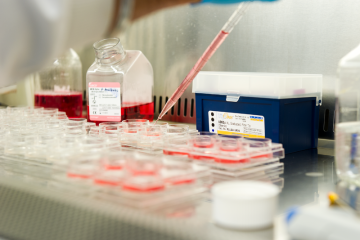Project grant
Development of Galleria mellonella as a replacement preclinical model for snakebite envenoming to reduce the need for murine models

At a glance
In progress
Award date
December 2024 - November 2027
Grant amount
£490,642
Principal investigator
Dr Rachel Clare
Co-investigator(s)
Institute
Liverpool School of Tropical Medicine
R
- Replacement
